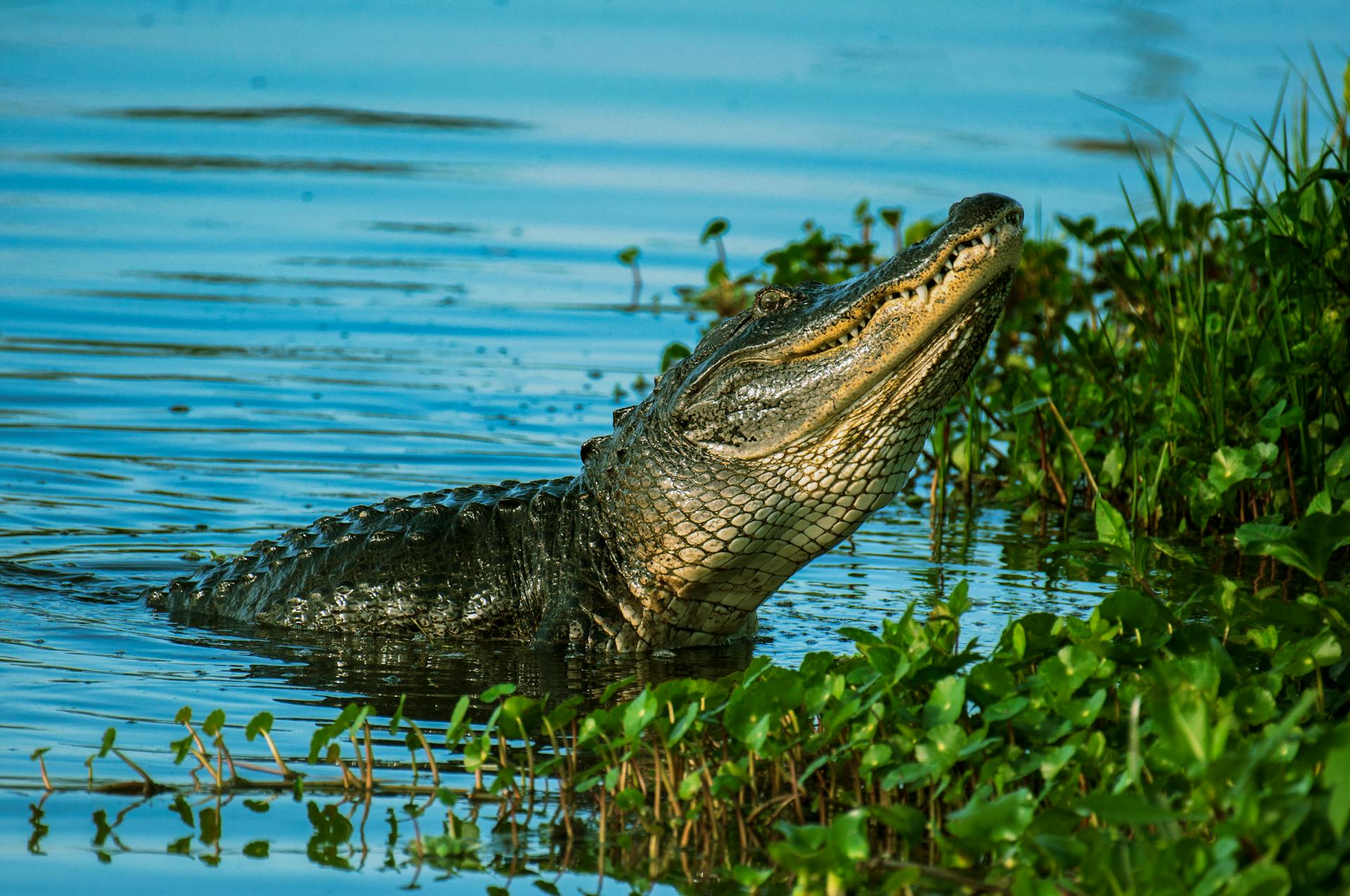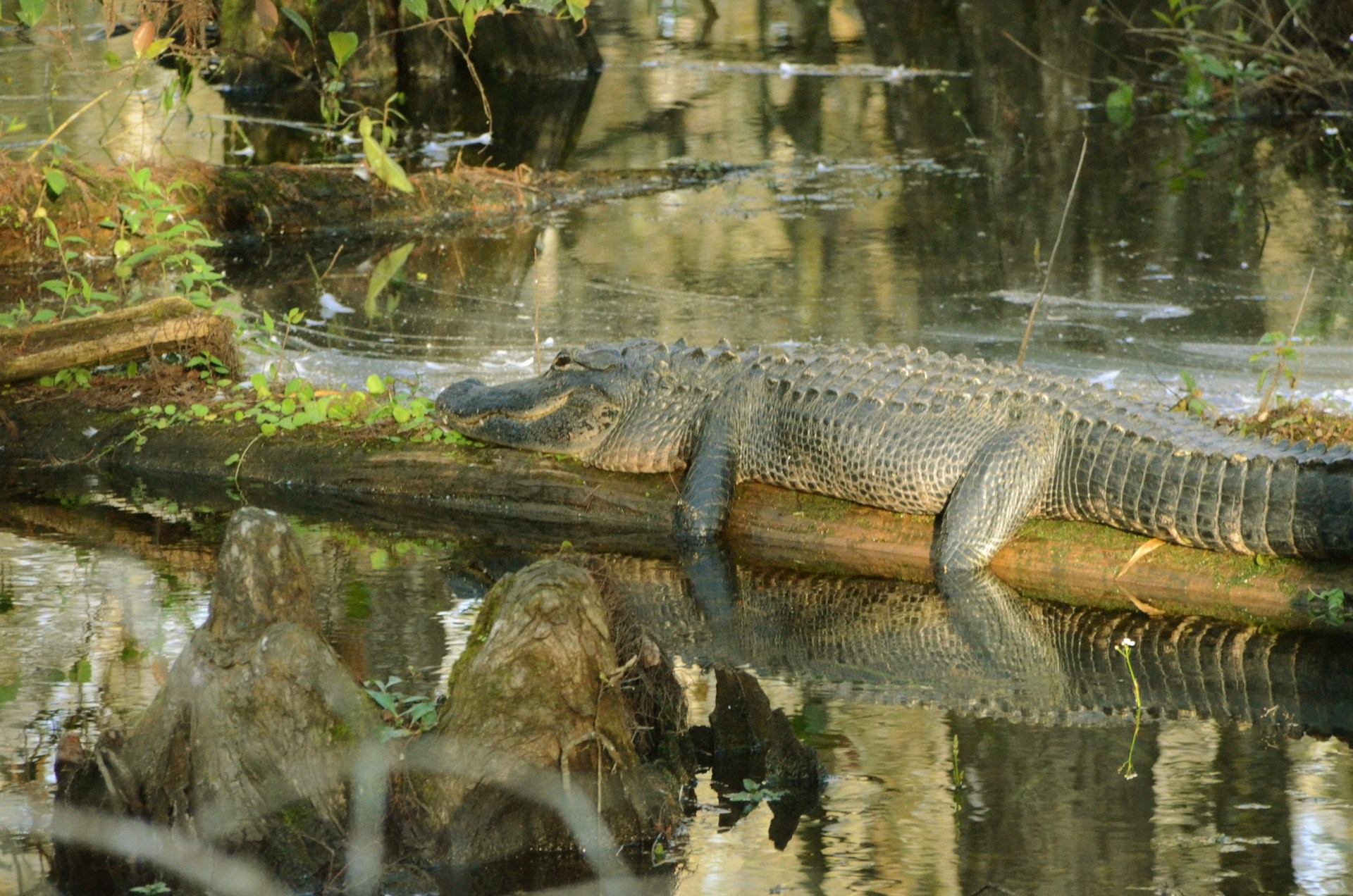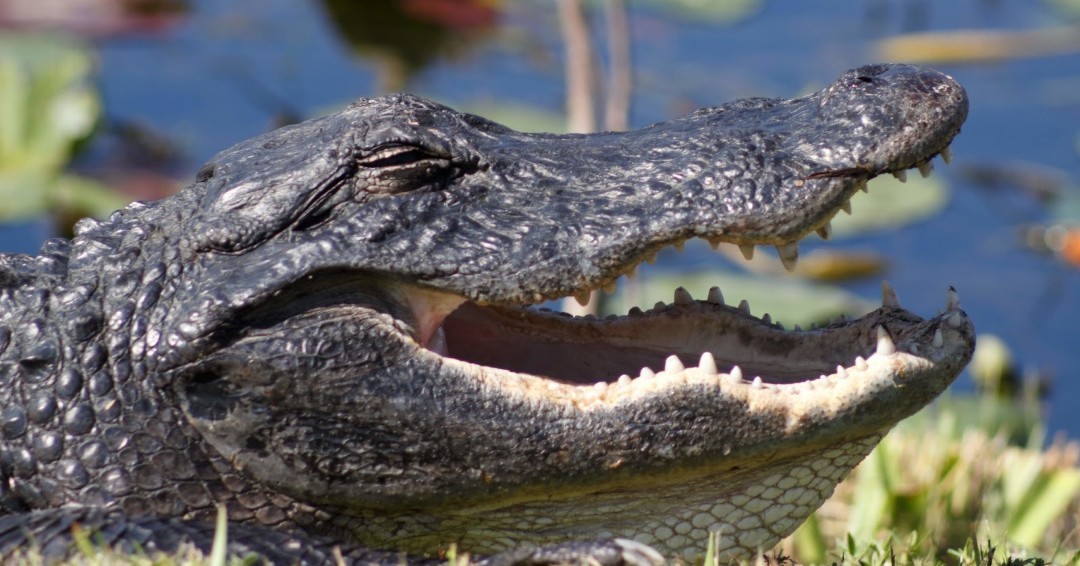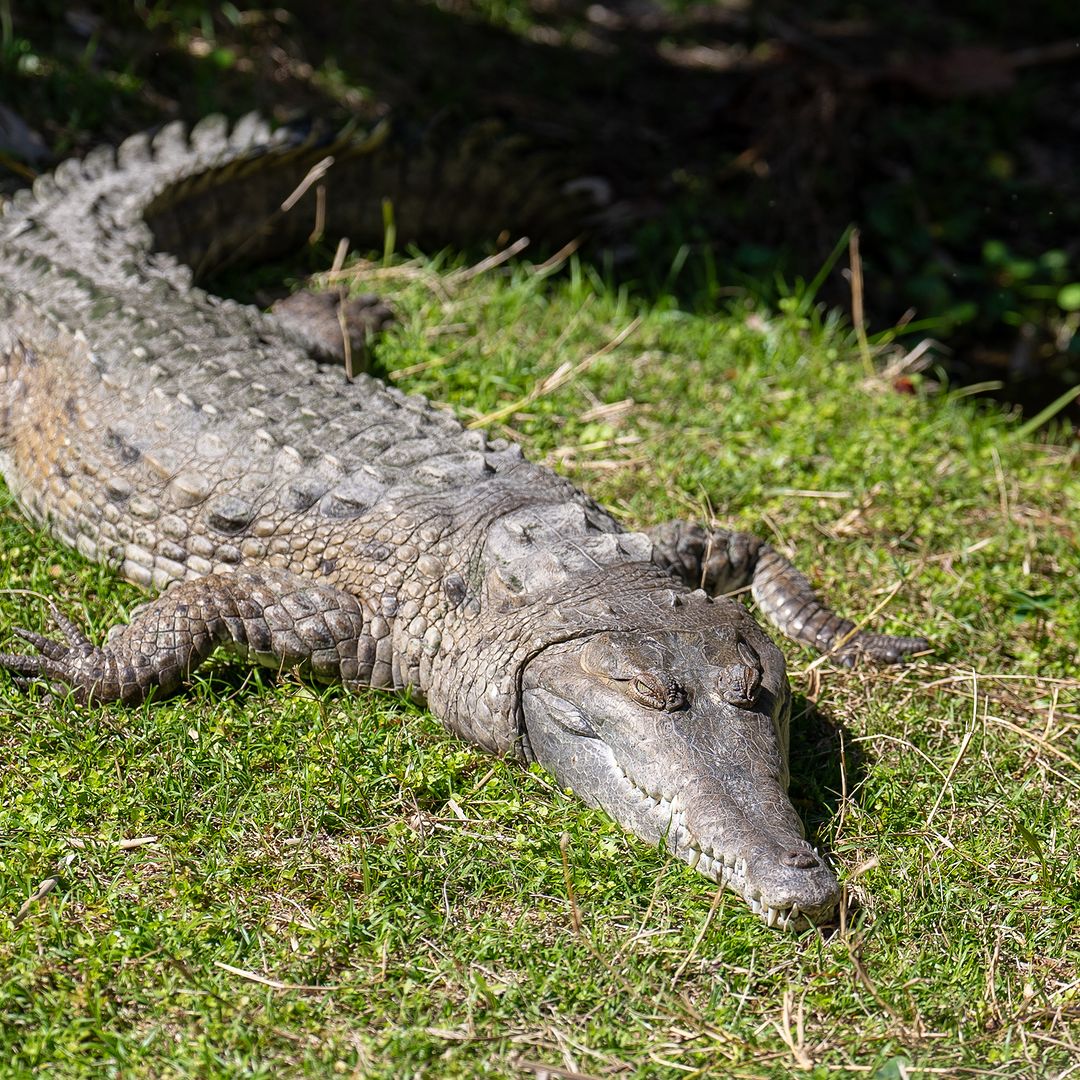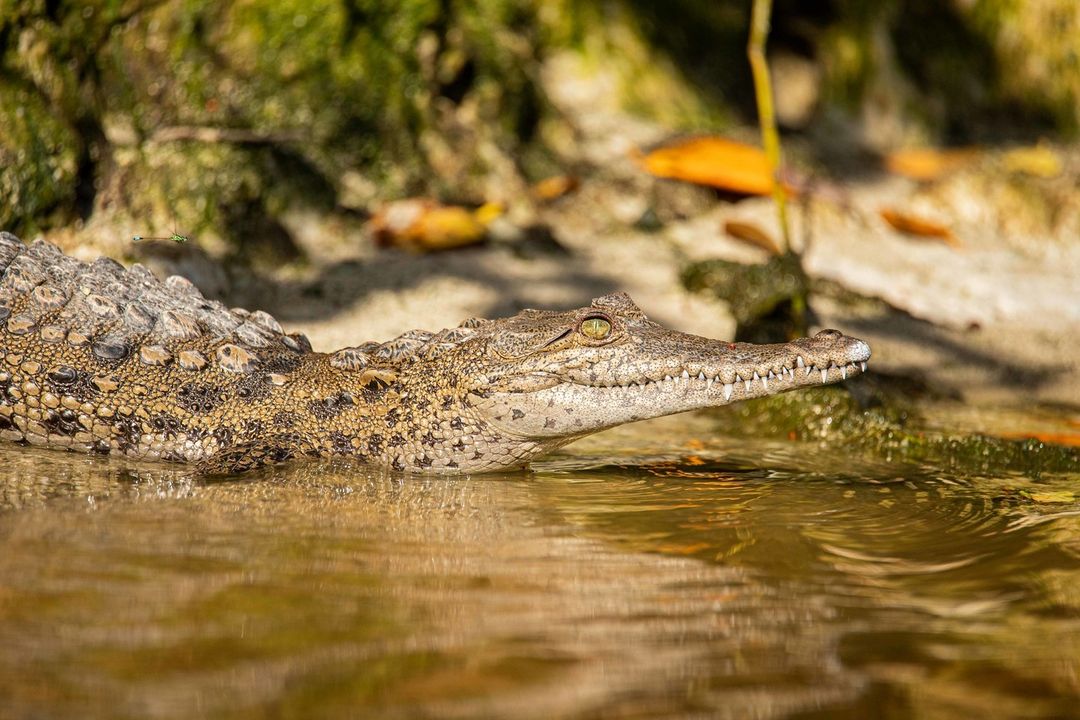Florida, famed for its tropical allure and rich biodiversity, harbors a formidable resident: the alligator. These seemingly docile creatures, with their prehistoric charm, belie a deadly potential. While encounters with humans are infrequent, their predatory instincts, when aroused, pose an imminent threat.
Since 1948, the Florida Fish and Wildlife Conservation Commission (FWC) has meticulously documented over 450 incidents of alligator attacks, with a staggering 30 proving fatal. These records, extending until 2022, underscore the sobering reality of cohabiting with these apex predators.
Despite efforts to mitigate human-alligator conflicts, tragedies persist. Recent years have seen harrowing incidents where individuals, in desperate bids to evade law enforcement, succumb to alligator attacks. Notable cases from 2007 and 2019 serve as poignant reminders of the unpredictability of such encounters.
Certain bodies of water, such as Lake Okeechobee and Orange Lake, emerge as focal points of alligator activity, amplifying the risks for unsuspecting wanderers. A grim chronicle of fatal attacks, spanning decades, paints a haunting tableau of nature’s brutality.
In response, the University of Florida, in collaboration with wildlife agencies, advocates proactive measures to foster coexistence. By adhering to guidelines prohibiting feeding and respecting posted warnings, Floridians can navigate their habitat with greater caution.
The saga of human-alligator interaction in Florida is one fraught with peril and intrigue. As stewards of this unique ecosystem, it falls upon us to tread lightly, mindful of the delicate balance between civilization and untamed wilderness.
Living in Harmony with Alligators and Crocodiles
Alligators
In Florida, the ancient marshes, swamps, rivers, and lakes have long been home to the formidable presence of alligators, a species entrenched in the state’s ecological tapestry across all 67 counties. However, as Florida experiences a surge in human population, with many opting for waterfront residences and embracing water-centric activities, the intersection between humans and alligators becomes more pronounced, fostering a heightened potential for conflict.
Though Floridians have developed a semblance of coexistence with these reptilian inhabitants, the specter of conflict looms persistently. While severe alligator-induced injuries remain infrequent occurrences in Florida, vigilance is paramount. Should concerns about alligators arise, citizens are encouraged to promptly contact the Florida Fish and Wildlife Conservation Commission’s (FWC) toll-free Nuisance Alligator Hotline at 866-392-4286. The FWC promptly deploys contracted nuisance alligator trappers to address such situations.
A cardinal rule in mitigating conflict: refraining from feeding alligators and maintaining a safe distance upon sighting. Swimming activities should be confined to designated areas during daylight hours, and pet owners are advised to leash their companions and steer clear of water bodies.
Crocodiles
Nestled primarily in south Florida’s brackish and saltwater environs—ponds, coves, and mangrove swamps—reside the American crocodiles. Recent trends indicate their northward migration within their habitat, penetrating even freshwater domains in southeast Florida. The resurgence of the American crocodile, once perched perilously on the brink of extinction, stands as a testament to successful conservation efforts. From a meager populace of less than 300 in 1975, their numbers have burgeoned to over 2,000 adult specimens. Presently, they hold the designation of a threatened species. Notably, the upsurge in crocodile-related complaints parallels their recovery and the burgeoning human presence in south Florida, engendering a confluence of wildlife and human interests.
